Asus Radeon R9 380X Strix OC 4GB Review
Manufacturer: AsusUK price (as reviewed): MSRP £199.99 (inc VAT)
US price (as reviewed): MSRP $249.99 (ex Tax)
Without a true reference board being sold, we've instead been furnished with the Asus R9 380X Strix OC. The Strix brand of graphics cards is now well established following its launch alongside the GTX 970 GPU, with its main selling points being high quality components and cooling. They usually retail at the more expensive end of a given GPU's price bracket, and while that does appear to be the case here it's good to see Asus sticking to a sub-£200 MSRP.
For an extra £15 over basic models, you're getting a moderate 6 percent clock speed upgrade to 1,030MHz on the core, and this is extendible to 1,050MHz in OC Mode using Asus's GPU Tweak software – we've tested at the default 1,030MHz but also did our own overclocking as usual. The memory, unfortunately, is left at 5.7GHz – it would have been nice to see a round 6GHz here, for example. A non-overclocked Strix model of the R9 380X will also be sold with an MSRP of £190.
Our card shipped with a dual 6-pin to 8-pin PCI-E power adaptor, although we suspect this is an early packaging error (or maybe Asus just has an abundance of them that it's looking to clear) as the Strix card sticks to the reference pair of 6-pin connections, which are top-mounted. They also have LED indicators to show you when your PCI-E plug is properly connected.
For display outputs it's your standard affair: one DVI-I and one DVI-D (both dual-link) alongside DisplayPort 1.2 and HDMI 1.4 connectors.
The card fits the dual-slot form factor but the cooler is both tall and long – it extends approximately 25mm past the edge of the PCI bracket, and is about 275mm long. The cooler does feel a little wobbly as it's only attached to the PCB by the four screws that flank the GPU itself, but the card does ship with a nice brushed aluminium backplate for added rigidity.
Unscrewing the cooler reveals that it uses a trio of heat pipes – two 8mm and one large 10mm one, all three of which are u-shaped and make direct contact with the GPU. They're also nickel-plated to give them a shiny silver look. The eight Elpida GDDR5 memory chips are not directly cooled, but the MOSFETs serving the GPU do have their own miniature heatsink. Two downdraft 92mm fans are responsible for cooling the apparatus, and most of the resultant hot air will be dumped back into your chassis. The fans are temperature-controlled and semi-passive, switching on only during heavy load situations (i.e. gaming) and then turning off completely once the GPU is down to about 55-57°C.
The R9 380X Strix uses a beefy 6+2 power phase setup, controlled with Asus's DIGI+ VRM, which has precise digital voltage controls said to improve overclocking stability and power efficiency. Asus has also upgraded the components to its Super Alloy Power ones. These include chokes that reduce the buzzing noise associated with cheaper components, MOSFETs that increase the card's voltage threshold and capacitors said to have a lifespan that exceeds traditional capacitors by over 90,000 hours.

MSI MPG Velox 100R Chassis Review
October 14 2021 | 15:04


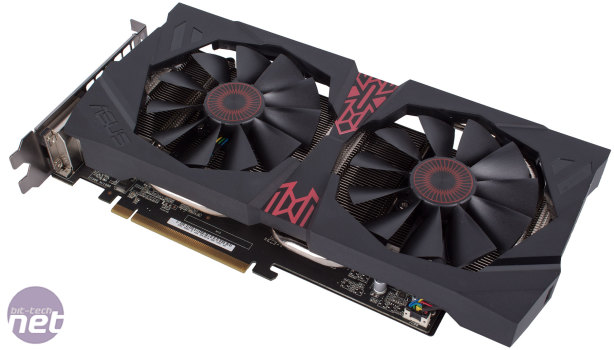
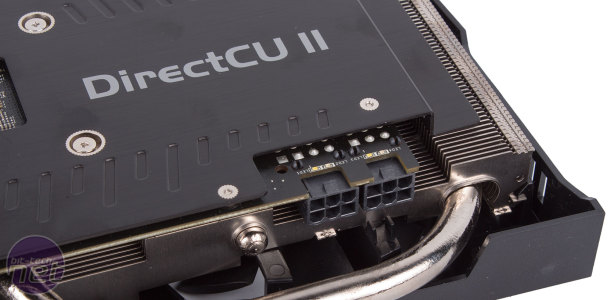
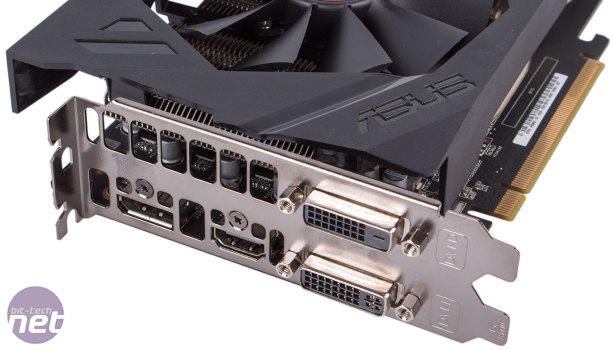
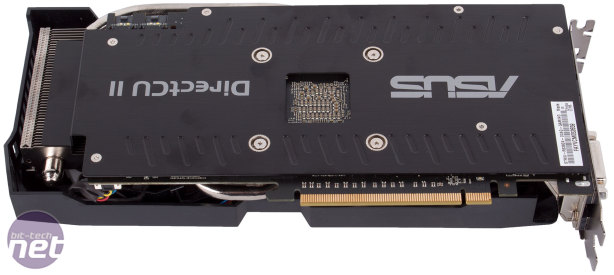
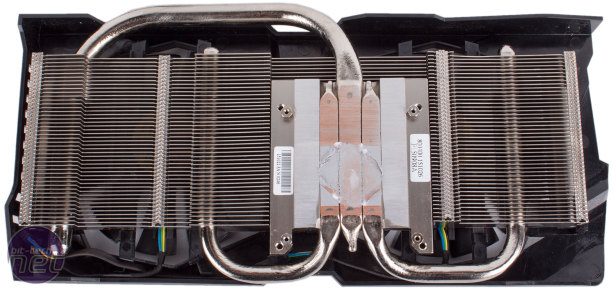
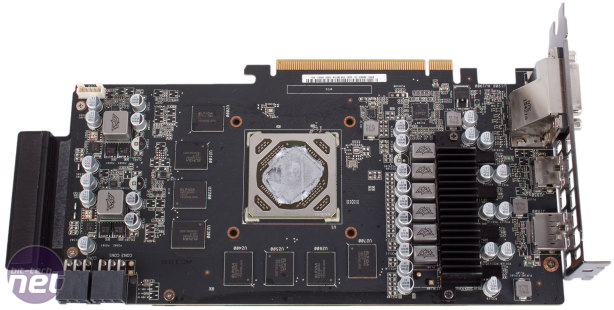







Want to comment? Please log in.